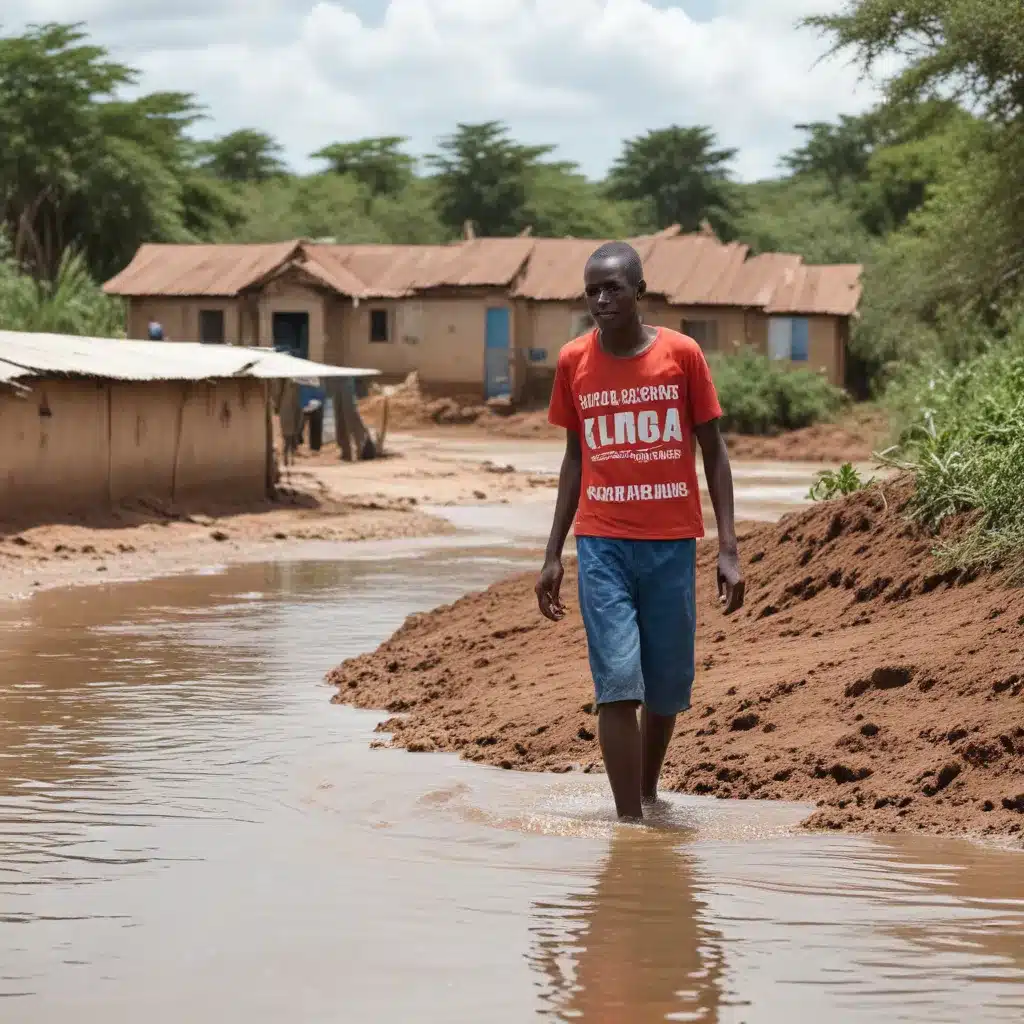
Addressing the Aftermath and Strengthening Climate Resilience
In April and May 2024, Kenya experienced a devastating deluge of heavy rainfall that wreaked havoc across the country, leaving a path of destruction in its wake. The unprecedented floods claimed hundreds of lives, displaced over 100,000 households, and caused extensive damage to infrastructure, agriculture, and essential services. This catastrophic event has not only exposed the country’s vulnerabilities but has also underscored the urgent need to rebuild Kenya stronger and more resilient in the face of the escalating impacts of climate change.
Understanding the Extent of the Disaster
According to the Kenya Red Cross, the staggering toll from this disaster includes 294 fatalities, 162 missing persons, 101,132 affected households, 151 school disruptions, 45 affected healthcare facilities, and 65,377 acres of decimated farmland. The start of the school year’s second term had to be postponed by two weeks, and critical infrastructure, such as roads, railways, and bridges, were severely impacted.
The hardest-hit communities were those living in informal settlements, particularly in Nairobi, where over 40,000 households were displaced. These vulnerable communities have lost not only their homes but also essential sanitation facilities, informal schools, and spaces where many earn a living, exacerbating the humanitarian crisis.
Compounding Factors and Underlying Vulnerabilities
While heavy rains due to the El Niño phenomenon were predicted, the intensity of the storms has far surpassed the projections, demonstrating how climate change can exacerbate extreme weather events. This is not the first time Kenya has suffered from devastating floods, with previous El Niño events in 1997 and 1998 also resulting in significant loss of life and destruction.
Kenya’s vulnerabilities to these climate-related disasters are compounded by various factors, including:
-
Deforestation and Landscape Degradation: The denuded hills in the Great Rift Valley and the Aberdare Ranges contribute to rapid runoff into rivers downstream, fueling flooding in Nairobi and surrounding peri-urban areas.
-
Poverty and Informal Settlements: Over 38% of the Kenyan population is characterized as poor, with this figure rising to more than 60% in cities. These communities are disproportionately affected by the floods and have limited capacity to cope with climate disasters.
-
Inadequate Disaster Preparedness: Despite the existence of development plans and policies aimed at addressing climate risks, such as the 2015-2045 National Spatial Plan and the 2018 Thematic Plan for Disaster Risk Management, their implementation has been poor, exposing the country’s inadequate disaster preparedness.
-
Ineffective Urban Planning and Waste Management: Improper urban planning, including the construction of homes in high-risk areas, and the lack of effective garbage collection have exacerbated the impacts of the floods, with trash clogging rivers and contributing to the devastation.
Rebuilding Kenya Stronger: Key Priorities
To effectively rebuild from this disaster and strengthen Kenya’s resilience to future climate-related catastrophes, the country must take a comprehensive and strategic approach. Here are the key priorities that need to be addressed:
1. Ecosystem Restoration and Nature-Based Solutions
Carefully planned ecosystem restoration, including in urban areas, will be crucial in enhancing the resilience of landscapes, reducing erosion and sedimentation, and improving water infiltration. National and county governments should promote green infrastructure and nature-based solutions, such as wetlands restoration, floodplain reconnection, and riparian buffers, to harness the capacity of ecosystems to absorb, retain, and slow down floodwaters.
2. Sustainable and Climate-Resilient Urban Planning
Proper urban planning, with a focus on protecting critical infrastructure and preserving green spaces, will be essential in mitigating the impacts of floods. County governments must ensure strict compliance with construction guidelines and zoning regulations, especially in cities where flooding has been catastrophic.
3. Strengthening Climate Adaptation Efforts
Kenya must mainstream climate adaptation into its planning processes and increase its access to adaptation finance. This includes conducting robust climate risk assessments, widening the country’s access to adaptation financing opportunities, and enhancing the adaptive capacity of key economic sectors, such as agriculture and tourism.
4. Early Warning Systems and Community Engagement
Effective early warning systems that provide timely and accurate information about impending floods to at-risk communities can significantly improve preparedness and minimize loss of life. Moreover, the government must engage with local communities to raise awareness, build capacity for disaster response, and empower residents to take proactive measures to protect themselves and their properties.
5. Behavioral Change and Accountability
A nationwide behavioral change is crucial, addressing issues such as indiscriminate waste dumping, corruption, and the disregard for building regulations. Collective efforts by the government and the people of Kenya will be key to preventing future destruction and building a more resilient future.
Tapping into Financing Opportunities
The rebuilding and climate adaptation efforts in Kenya will require significant financial resources. The country should push for the implementation of the Loss and Damage Fund established at COP28 to help rebuild its infrastructure, while also exploring other adaptation financing opportunities, such as the African Adaptation Acceleration Program.
The African Development Bank has already surpassed its target of 40% of its total financing to climate finance, reaching 55%, demonstrating the growing commitment to supporting climate adaptation initiatives across the continent.
Collaborative Efforts for a Resilient Future
Rebuilding Kenya stronger in the aftermath of the devastating floods will require a collaborative effort involving the government, local communities, international development partners, and the private sector. By working together and leveraging innovative solutions, Kenya can transform this crisis into an opportunity to build a more resilient and sustainable future, one that can withstand the escalating impacts of climate change.
As Susan Onyango, the Director for Communications and Outreach at WRI Africa, aptly states, “A collective effort among Kenya’s government and its people will be key to preventing future destruction. Through stewardship, people will thrive with nature and make the world a better place for future generations. We must all step up now.”
To learn more about Joint Action for Water’s initiatives and ways to get involved, visit our website and explore the latest updates and resources.

